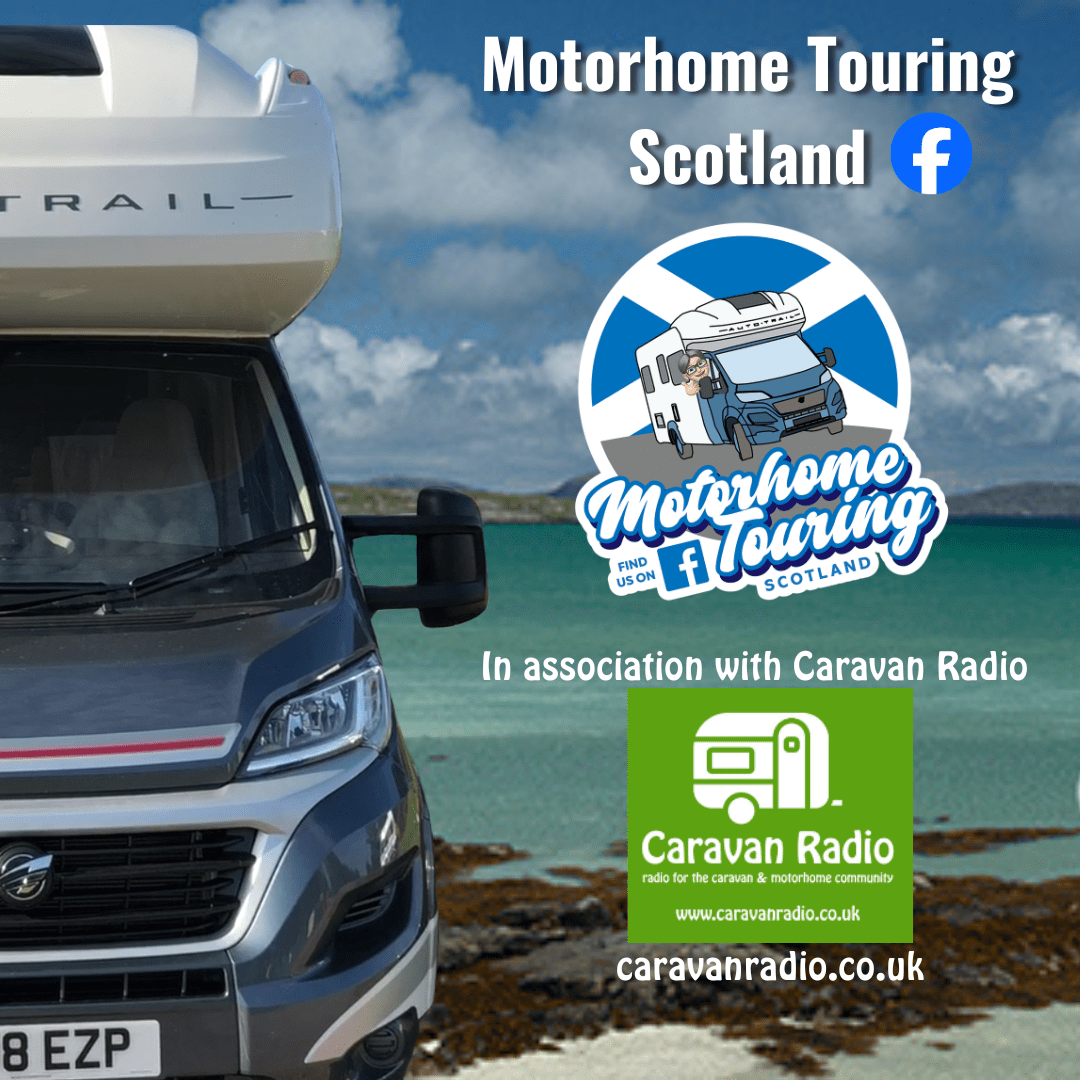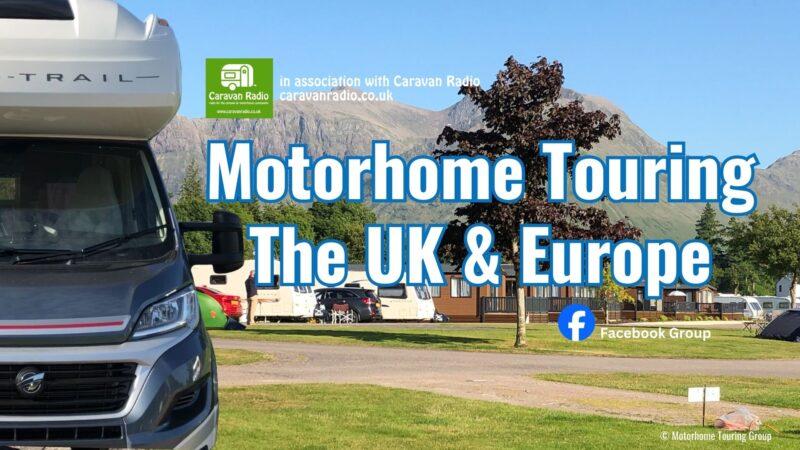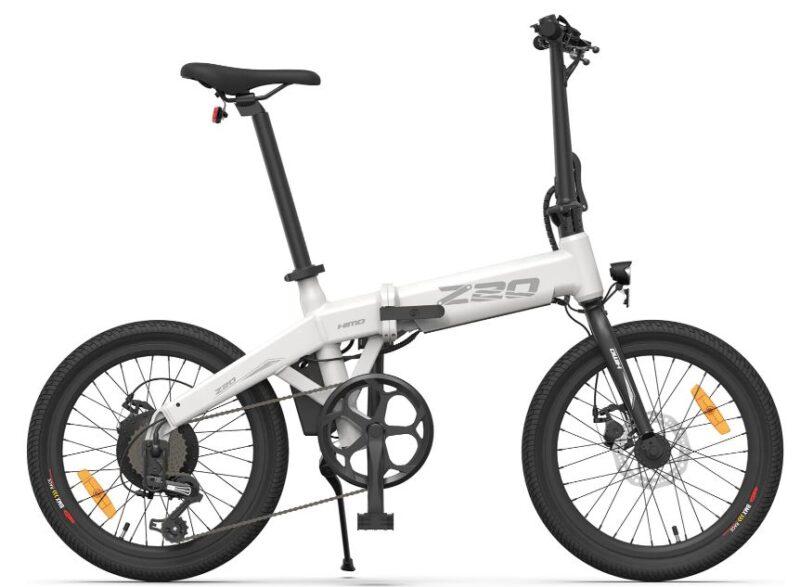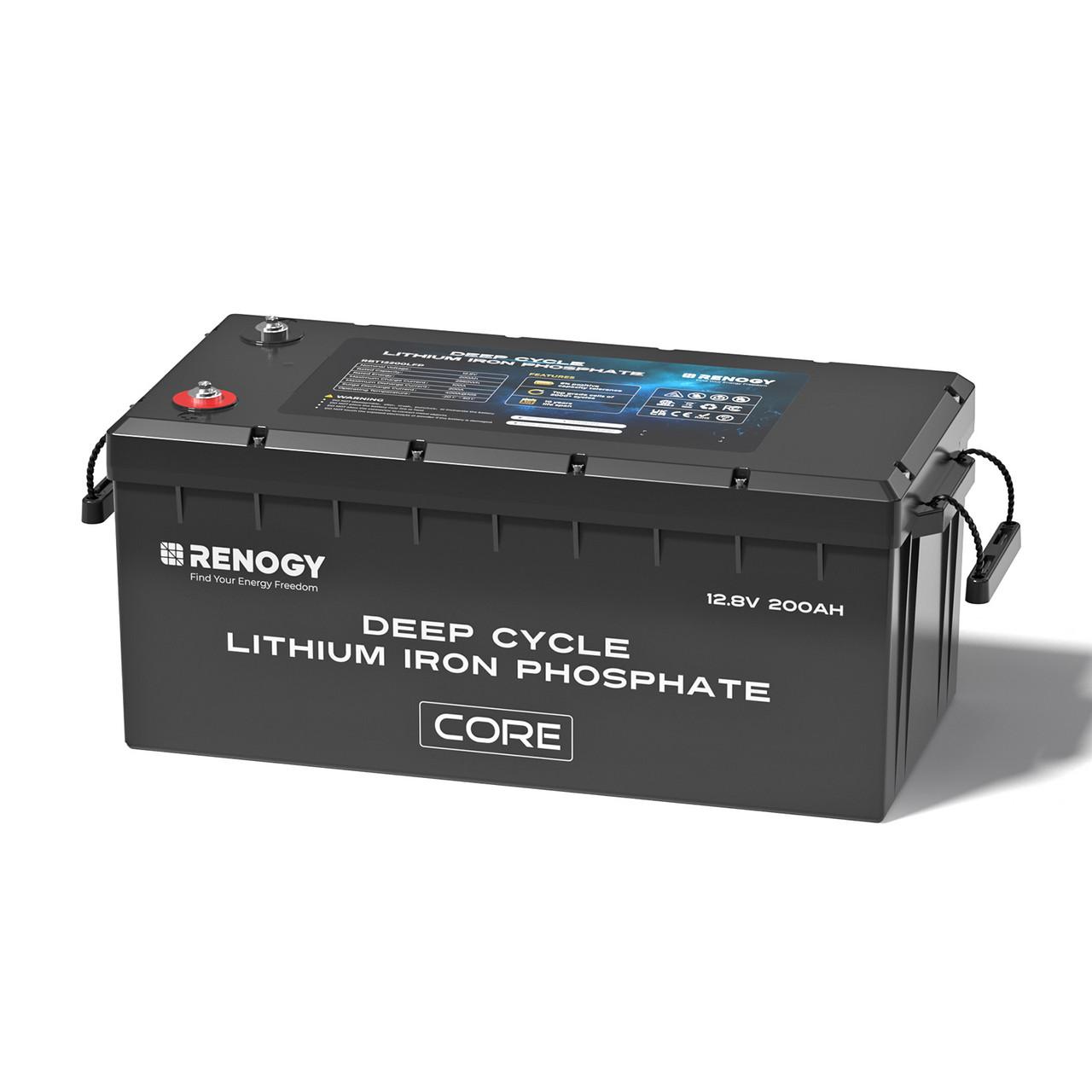
Power Issues in Your Motorhome and Some Solutions
Power Issues in Your Motorhome and Some Solutions
 Renogy LIthium Iron Phosphate Batteries
Renogy LIthium Iron Phosphate Batteries
Mains power supply issues:
Nearly all motorhomes have two forms of electrical power: the first being from the 230V mains via a hook-up cable and the second from the motorhome’s leisure battery. The most common electrical issues in motorhomes are related to the mains power supply .
Check the circuit breaker on the consumer board:
If your motorhome’s 230V sockets don’t work when you are hooked-up, but everything else does, then it is likely that the circuit breaker has been knocked off. You can reset the circuit breaker by switching it off and then on again.
Check the connection:
If you can’t power 230V items in your motorhome, there could be a problem with your connection to the mains. Re-connecting your motorhome to the mains power supply might help resolve this issue.
Check for overloading:
Overloading is another common issue that can cause electrical problems in motorhomes. For instance, if you have your electric heating on and put on a kettle, you are very likely to trip the breaker in the hook-up point due to overloading.
Check for faulty equipment:
A faulty piece of equipment such as the charger or anything connected to the leisure battery could cause a drain. Check all the connections and equipment that are connected to your leisure battery.
Leisure battery issues:
The leisure battery is another source of electrical power in motorhomes. It is used to power the lights, water pump, and other 12v devices when the motorhome is not connected to the mains. If you’re having trouble with your leisure battery, it could be due to a variety of reasons such as a faulty battery, loose connections, or a blown fuse.
Check the battery age:
If your leisure battery is more than 5 years old, it may be time to replace it. Lead-acid batteries tend to last around 5 to 7 years if they are well-maintained. An Alternatiive is a lithium battery, these batteries have more usable power Batteries and Solar Generators
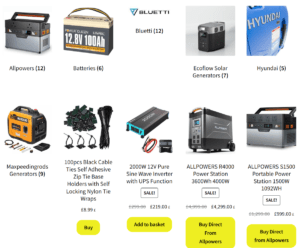
Check the battery charger:
A faulty charger can cause your leisure battery to drain quickly. If you have a cheap charger and let it run flat a lot, you probably won’t even get to 5 years of battery life. Consider investing in a smart charger that will adjust the current to bring your battery back to a charged state.
Check for faulty equipment:
A faulty piece of equipment such as the charger or anything connected to the leisure battery could cause a drain. Check all the connections and equipment that are connected to your leisure battery.
Use secondary charging methods:
Secondary charging methods such as solar panels or wind turbines are a great way to keep your leisure batteries charged and healthy. Solar panels provide a trickle charge to the battery which is great for filling up those discharges caused by small power consumption such as lights or radio.

Solar Panels
Connection to mains issues:
If you can’t power 230V items in your caravan, there could be a problem with your connection to the mains. Re-connecting your caravan or motorhome to the mains power supply might help resolve this issue.
Check the circuit breaker:
If your motorhome’s 230V sockets don’t work when you are hooked-up, but everything else does, then it is likely that the circuit breaker has been knocked off. You can reset the circuit breaker by switching it off and then on again.
Check the connection:
If you can’t power 240V items in your caravan or motorhome, there could be a problem with your connection to the mains. Re-connecting your caravan to the mains power supply might help resolve this issue.
Check for overloading:
Overloading is another common issue that can cause electrical problems in motorhomes. For instance, if you have your electric heating on and put on a kettle, you are very likely to trip the breaker in the hook-up point.
Check for faulty equipment:
A faulty piece of equipment such as the charger or anything connected to the leisure battery could cause a drain. Check all the connections and equipment that are connected to your leisure battery.
Overload issues:
Overloading is another common issue that can cause electrical problems in motorhomes or caravans. For example, if you have your electric heating on and put on a kettle, you are very likely to trip the breaker in the hook-up point.
Check the circuit breaker:
If you have overloaded the power supply, the circuit breaker on the mains bollard will switch off your supply and need to be reset. Before attempting to reset it, unplug or switch off all electrical items then reset the switch and reconnect each appliance in turn individually. The appliance which triggers the circuit breaker may well be the cause of the fault or overload and should be put to one side for professional testing.
Reduce power consumption:
Overloading is caused by exceeding the maximum amount of electricity that you can use at any one time. To avoid overloading, use a label maker or permanent marker pen on the back of each 13A plug or near the switch for built-in equipment to show its electrical consumption in amps. A ‘1A’ label on the fridge will include the battery charger and any mains bulbs that you may have onboard. It is then simply a case of adding up the amperages of all the appliances planned to be used at the time and checking that the figure comes to less than the maximum allowed on site.
Battery charging issues:
If your leisure battery does not charge when driving and fridge stays running on gas, it could be due to a faulty alternator or split-charge relay.
Onboard mains charger:
If you have a caravan, one option is to use the onboard mains charger which can be used when the caravan is hooked up to mains electricity. The mains charger is normally able to charge the battery fully.
Engine-driven alternator:
If you have a motorhome, another option is to charge the battery using the engine-driven alternator when on the road.
Smart charger:
A smart charger can adjust the current to bring your battery back to a charged state. Consider investing in a smart charger if you have a faulty charger.
Check for faulty equipment:
A faulty piece of equipment such as the charger or anything connected to the leisure battery could cause a drain. Check all the connections and equipment that are connected to your leisure battery.
Use secondary charging methods:
Secondary charging methods such as solar panels or wind turbines are a great way to keep your leisure batteries charged and healthy. Solar panels provide a trickle charge to the battery which is great for filling up those discharges caused by small power consumption such as lights or radio.

Solar Generator Kits
Power Issues in Your Motorhome and Some Solutions
Motorhome & Caravan Accessories Website Store https://www.johnnysbackyard.co.uk
Free Off-Grid Motorhome Camper Van Guide https://johnnysbackyard.co.uk/c7kc
Wish List on “Buy Me a Coffee” It would be so awesome if you could support me and help better my content on YouTube. https://www.buymeacoffee.com/johnnyburr/w/6969Shop
Holiday Heath – Start your vacation the healthy way – Download a Free 20 page booklet on “The Benefits of Collagen”https://fbatb.clickera.com/1f5da9feb947
YouTube Channel youtube.com/@johnnysbackyard/?sub_confirmation=1
Why not join our Facebook Group Motorhome Touring Scotland? https://www.facebook.com/motorhometouringscotland
Facebook Group Buy Sell Swap Forum https://motorhomeswap.freeforums.net/
Sign up for Johnny’s Backyard online Store for Motorhome & Caravan Accessories Newsletter and we will let you know when new products are released. Newsletter link: http://eepurl.com/hND3Ir
Check out the Useful Links Page for more goodies
https://johnnysbackyard.co.uk/useful-links-and-things/recommended-campsites/
Power Issues in Your Motorhome and Some Solutions


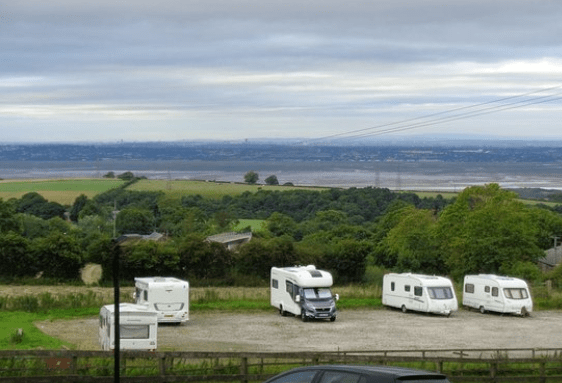
 Discover the Rise of Aires and Stopovers in the UK!
Discover the Rise of Aires and Stopovers in the UK! 

 Have you heard about the growing trend of motorhome stopovers and aires popping up across the United Kingdom? Let’s dive into this exciting development and explore what it means for your next adventure.
Have you heard about the growing trend of motorhome stopovers and aires popping up across the United Kingdom? Let’s dive into this exciting development and explore what it means for your next adventure.


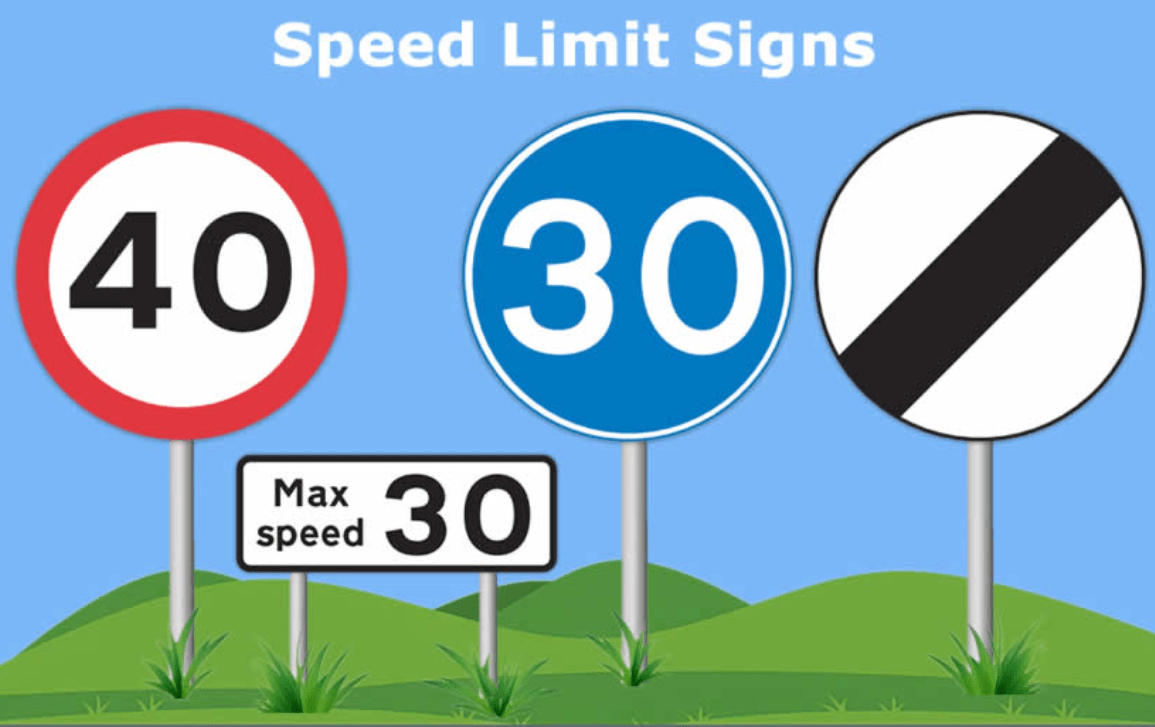

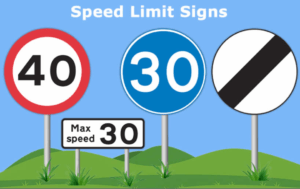
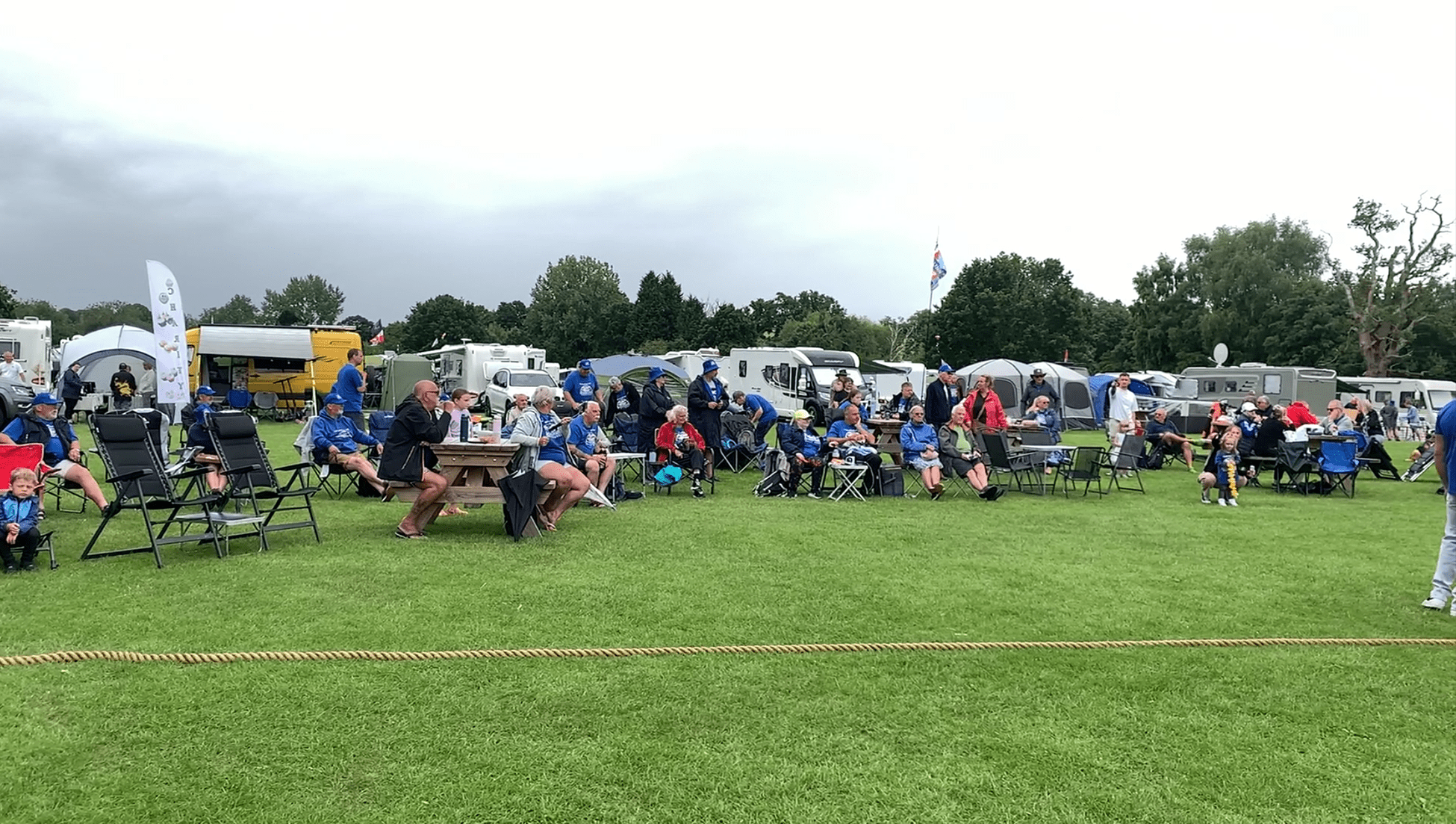
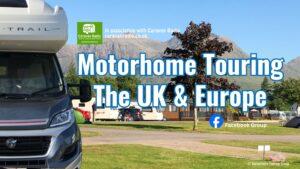


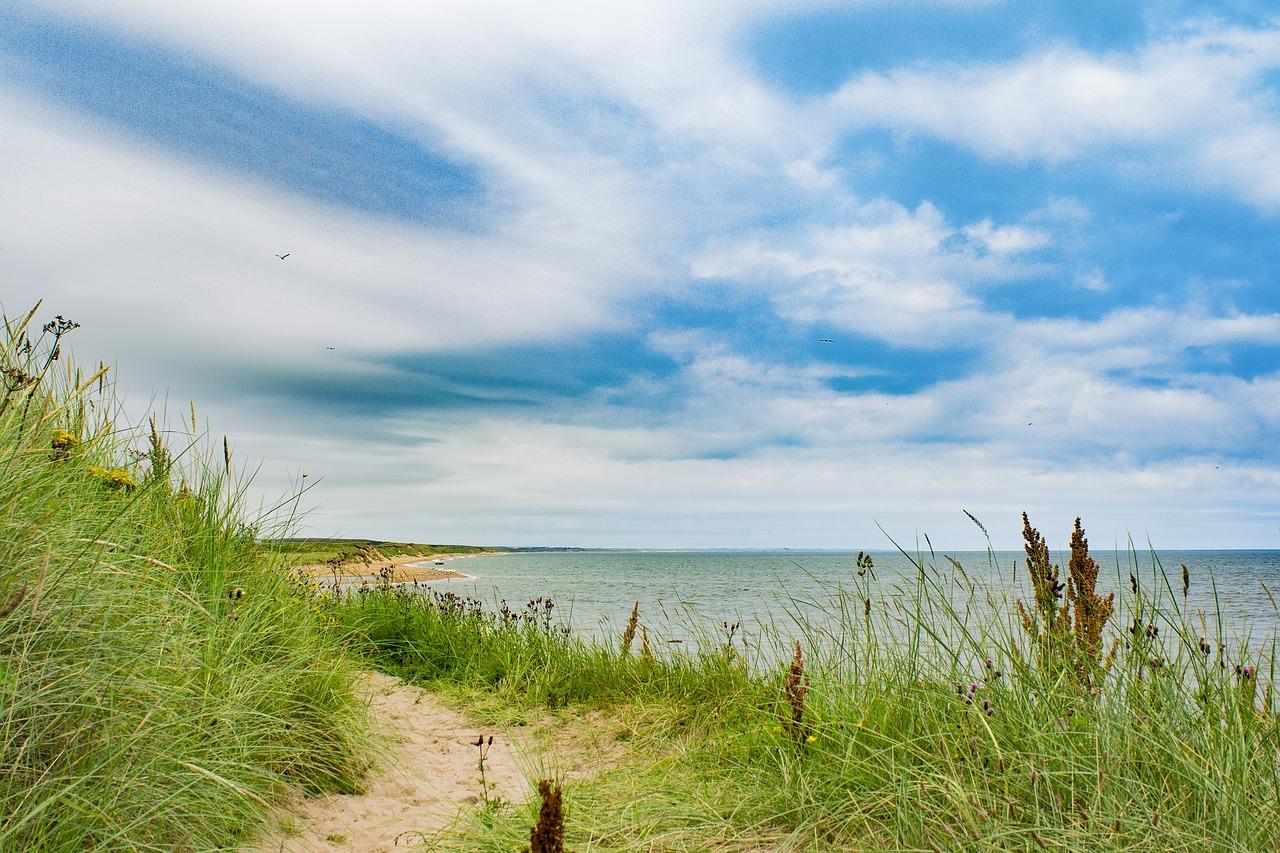

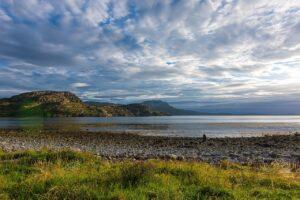
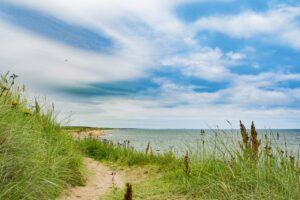

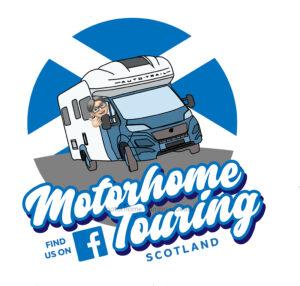

 Motorhome Touring Scotland is proud to support Sir Jackie Stewart’s charity Race Against Dementia, dedicated to funding research into treatments and a cure for dementia. By being part of our group, you’re not only enriching your travel experience but also contributing to a noble cause. 25% of all purchases will go to this worthy chartiy.
Motorhome Touring Scotland is proud to support Sir Jackie Stewart’s charity Race Against Dementia, dedicated to funding research into treatments and a cure for dementia. By being part of our group, you’re not only enriching your travel experience but also contributing to a noble cause. 25% of all purchases will go to this worthy chartiy.
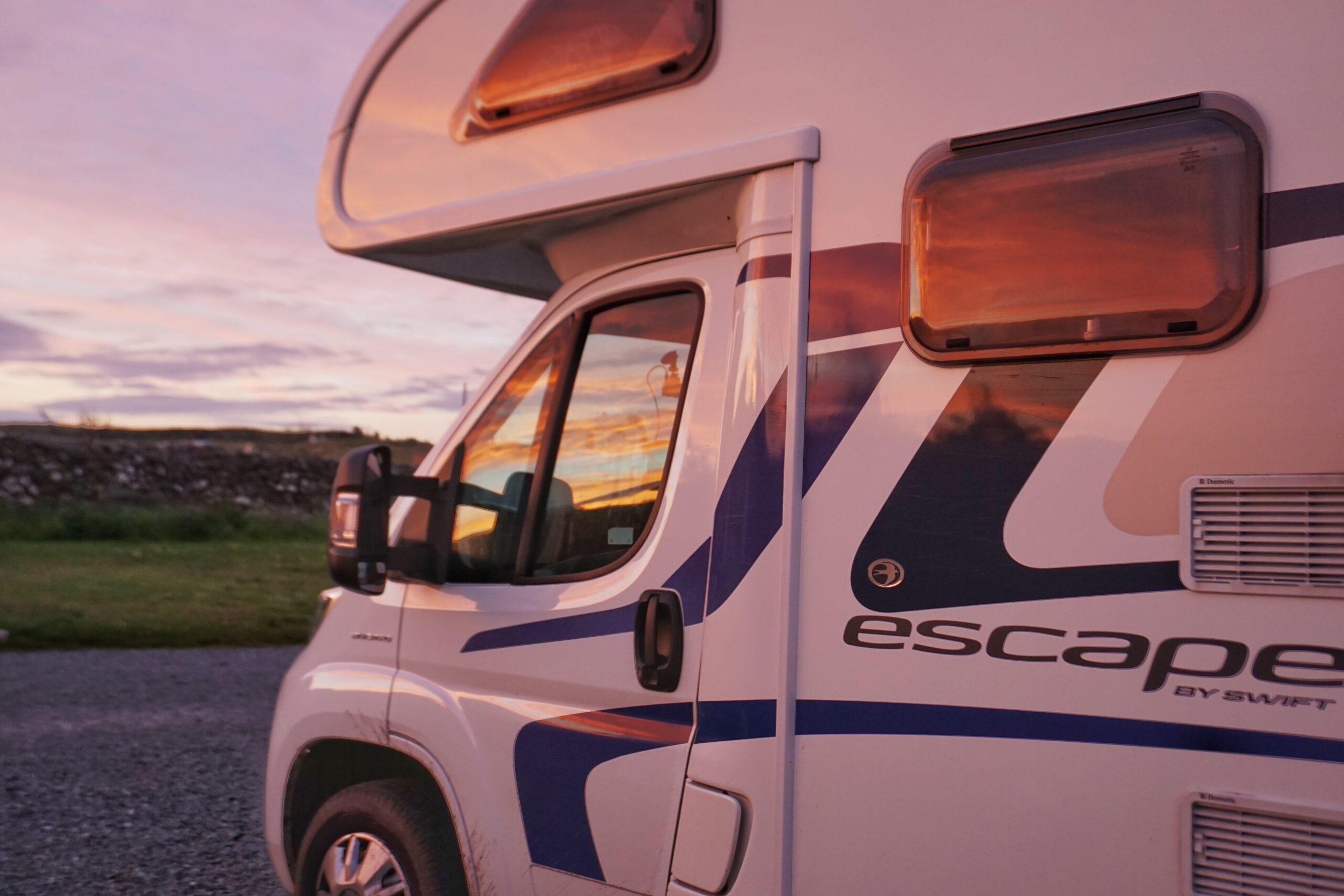

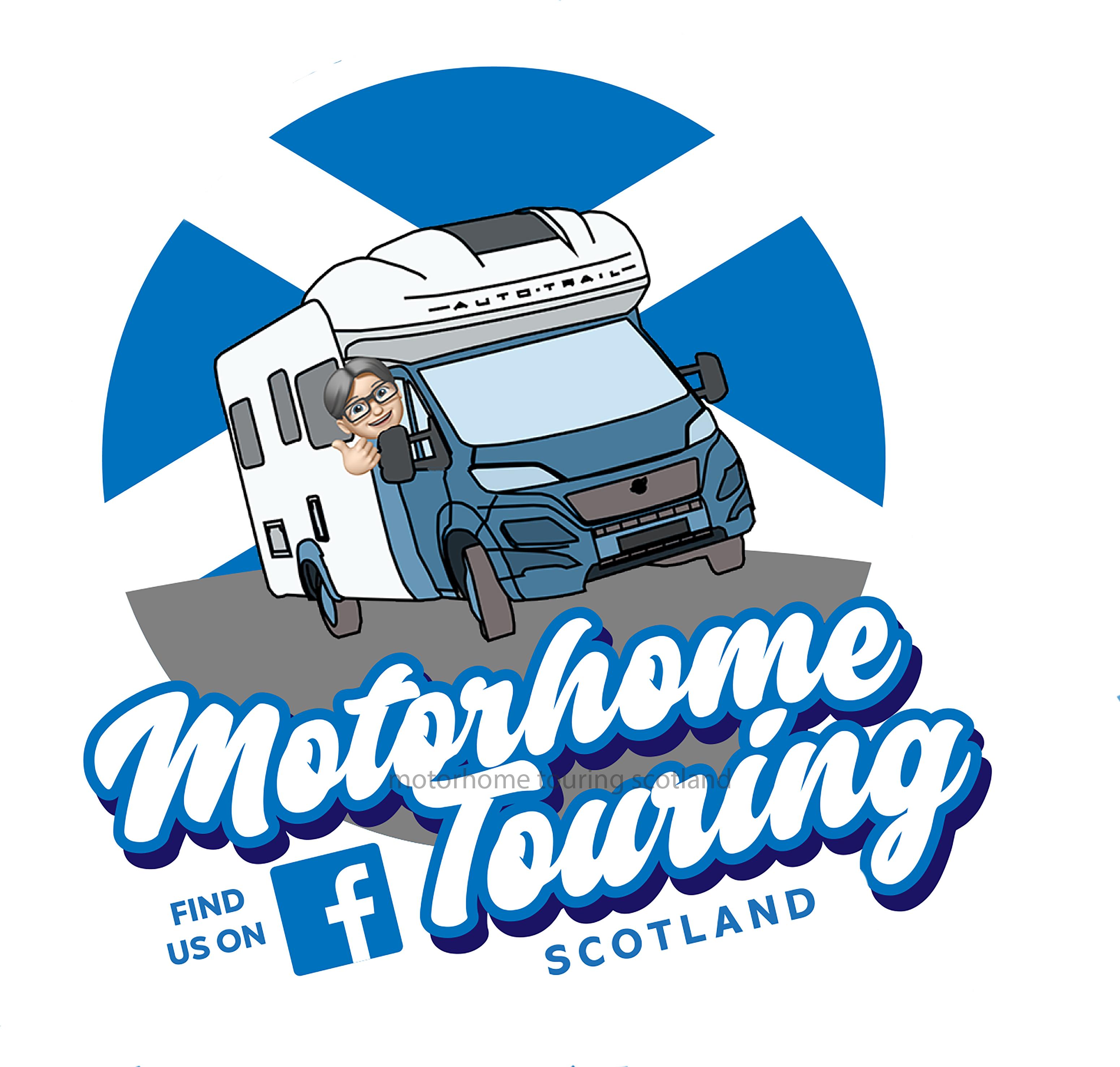
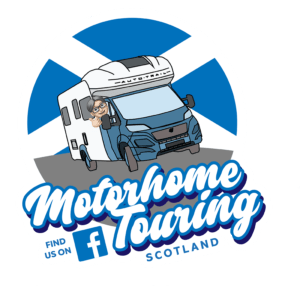
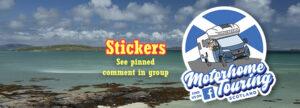
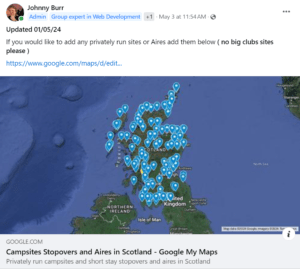

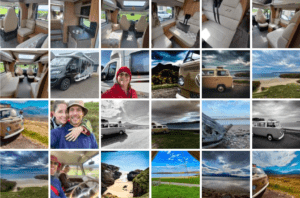

 Renogy LIthium Iron Phosphate Batteries
Renogy LIthium Iron Phosphate Batteries





